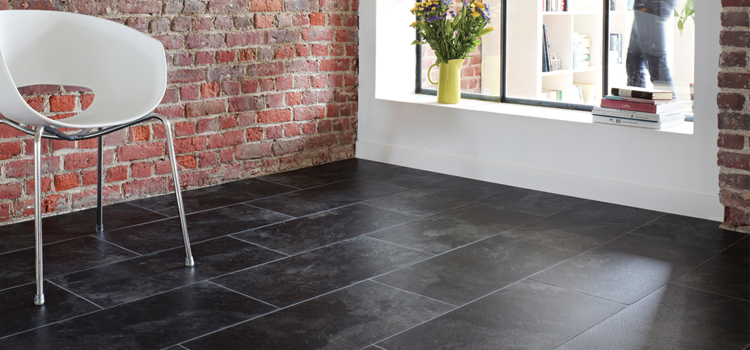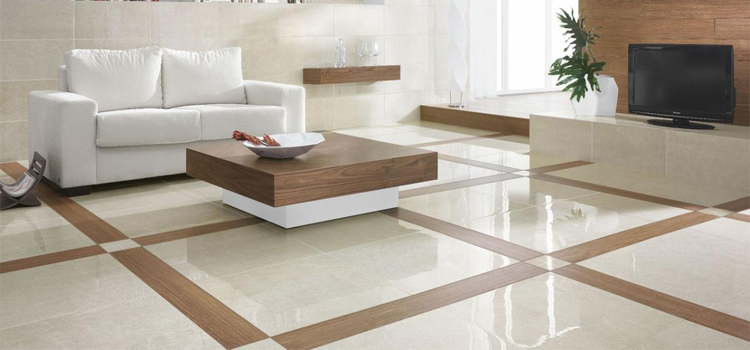
Choosing the right tiles for your home
12th Feb '24 • By Kelly Milburn
Tiles, with their diverse options, stand as a dynamic element in home design, contributing not only to aesthetics but also environmental benefits. As tiles can absorb and dissipate heat effectively, they promote a cool and comfortable living space.

As you navigate the vast array of tiles during your home renovation journey with a tiler, the variety may seem daunting. Yet, the choice of tiles is important, not just for visual appeal but also for their role in temperature control. The broad classification into natural stone tiles and ceramic tiles opens up a world of possibilities, each promising unique looks and textures.
Ceramic Tiles
Ceramic tiles, a long-time favourite, have earned their place through time-tested elegance. Crafted from clay and dubbed earthenware, these tiles excel in tropical climates, absorbing and seamlessly transferring heat beyond your walls. Their cool touch, coupled with easy maintenance, makes them a practical choice for flooring and walls alike. The versatility extends further, with the option to colour or glaze the tiles, offering a highly polished finish.

Stone Tiles
Venturing into stone tiles unveils a realm where durability meets aesthetic variation. Unlike ceramics, stone tiles derive from various rocks, presenting a diverse range of options. Marble, a metamorphic rock born from intense heat, stands as a symbol of sophistication in high-end construction. Granite, an igneous rock, boasts anti-slip properties, making it ideal for both indoor and outdoor applications. Slate, a cost-effective alternative, remains readily available and easy to work with, finding its niche in roofing and decorative endeavours.
Ceramic vs. Stone
The age-old debate between ceramic and stone tiles revolves around personal preferences, aesthetics, and budget considerations. While both offer similar functional benefits, the decision hinges on appearance and availability. Stone tiles, with their weight and limited availability, often command a higher price. If budget constraints come to the forefront, ceramic tiles emerge as a pragmatic and stylish choice, delivering the desired look without compromising functionality.

Beyond Aesthetics: Practical Insights
When deciding between ceramic and stone tiles, practical considerations come into play. Assess the specific needs of each space, accounting for factors like foot traffic, maintenance requirements, and the intended use of the area. Understanding these nuances ensures that the chosen tiles not only elevate the visual appeal but also align seamlessly with the practical demands of your lifestyle.
In conclusion, the journey of selecting tiles for your home transcends the visual allure. It's an exploration of materials that contribute to the ambience, environmental harmony, and practical functionality of your living spaces. Whether you opt for the timeless elegance of ceramic or the robust charm of stone, the right choice emerges from a blend of personal preference, aesthetic features, and the unique demands of your living environment.
Get free quotes in minutes.
Get quotes from our qualified and licensed tradies Australia-wide.